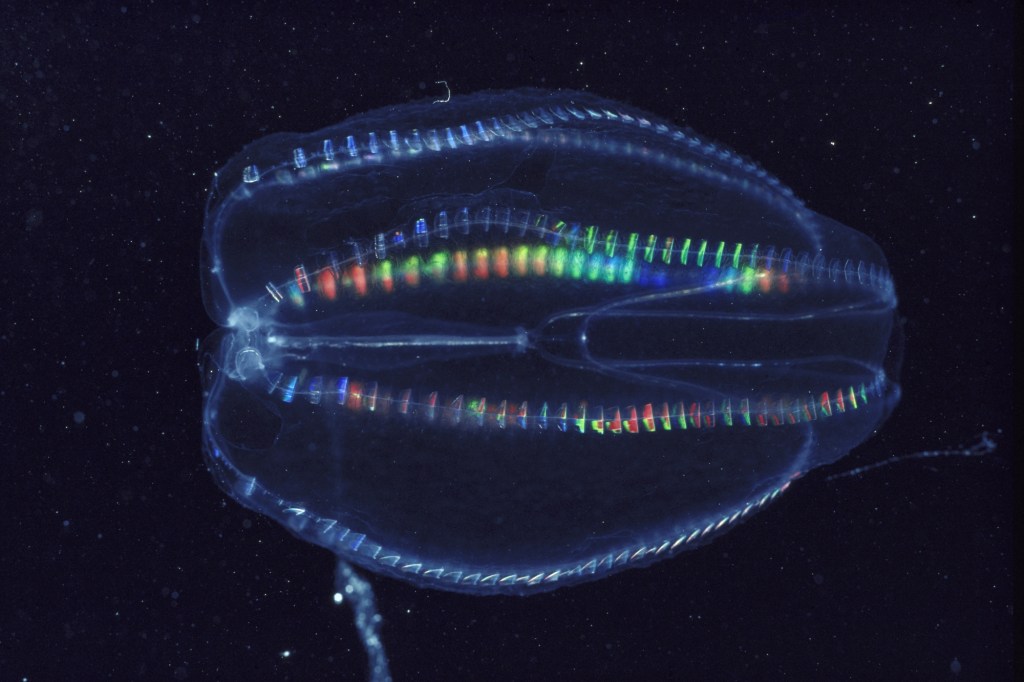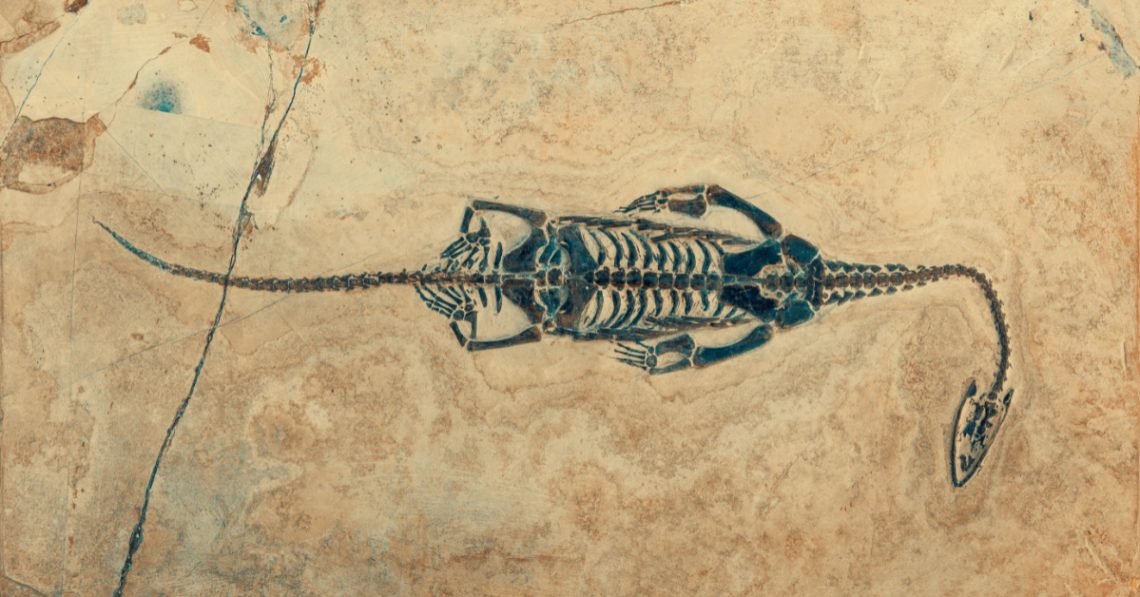For centuries, scientists have argued over who came first, the sponge or the comb jelly. It’s an existential version of the chicken-and-egg problem—except the answer might explain how animal life even began.
Now, a new study from MIT may have finally settled it. Using molecular evidence buried in rocks older than 541 million years, researchers have confirmed that the planet’s first animals likely looked more like humble sea sponges than glowing jellyfish.
These weren’t your bath-time sponges, though. They were soft, simple, and lived quietly on the ocean floor during the Neoproterozoic era, long before fish, plants, or even shells existed. Because creatures like these didn’t leave bones or exoskeletons behind, scientists have had to hunt for molecular “fossils”—chemical traces of what their cells once made.
MIT’s team, led by geobiologist Roger Summons and organic geochemist Lubna Shawar, analyzed ancient rock from Oman containing sterols, a fatty molecule found in the membranes of complex organisms.

A Billion-Year-Old Signal Just Showed Us the Face of the First Animals
“It’s very unusual to find a sterol with 30 carbons,” Shawar said in a statement. “But modern demosponges make them, and we found the same pattern in these ancient rocks.”
In 2009, scientists found similar sponge-like sterols but couldn’t rule out whether they came from algae or some strange chemical coincidence. This time, the MIT team confirmed their origin by simulating hundreds of millions of years of fossilization in the lab. They produced identical chemical signatures, proving that what’s in the rock matched what’s in living sponges today.
“It’s a combination of what’s in the rock, what’s in the sponge, and what you can make in a chemistry lab,” Summons said. “All three lines of evidence agree.”
The discovery suggests the earliest animals were simple, filter-feeding organisms that slowly cleaned the seas while the rest of evolution was still figuring itself out. These early sponges likely had no skeletons, nerves, or eyes—just porous bodies that absorbed water and nutrients. Yet they paved the way for everything that came next, from insects to mammals to us.
“These special steranes were there all along,” Shawar said. “It took asking the right questions to find them.”
It’s humbling to think that the story of animal life begins not with movement or light, but with something that stayed put and simply endured. The first animal on Earth didn’t hunt, swim, or roar. It just existed—and that was enough to change everything.
The post Scientists Just Discovered What the Earliest Animals Actually Looked Like appeared first on VICE.




